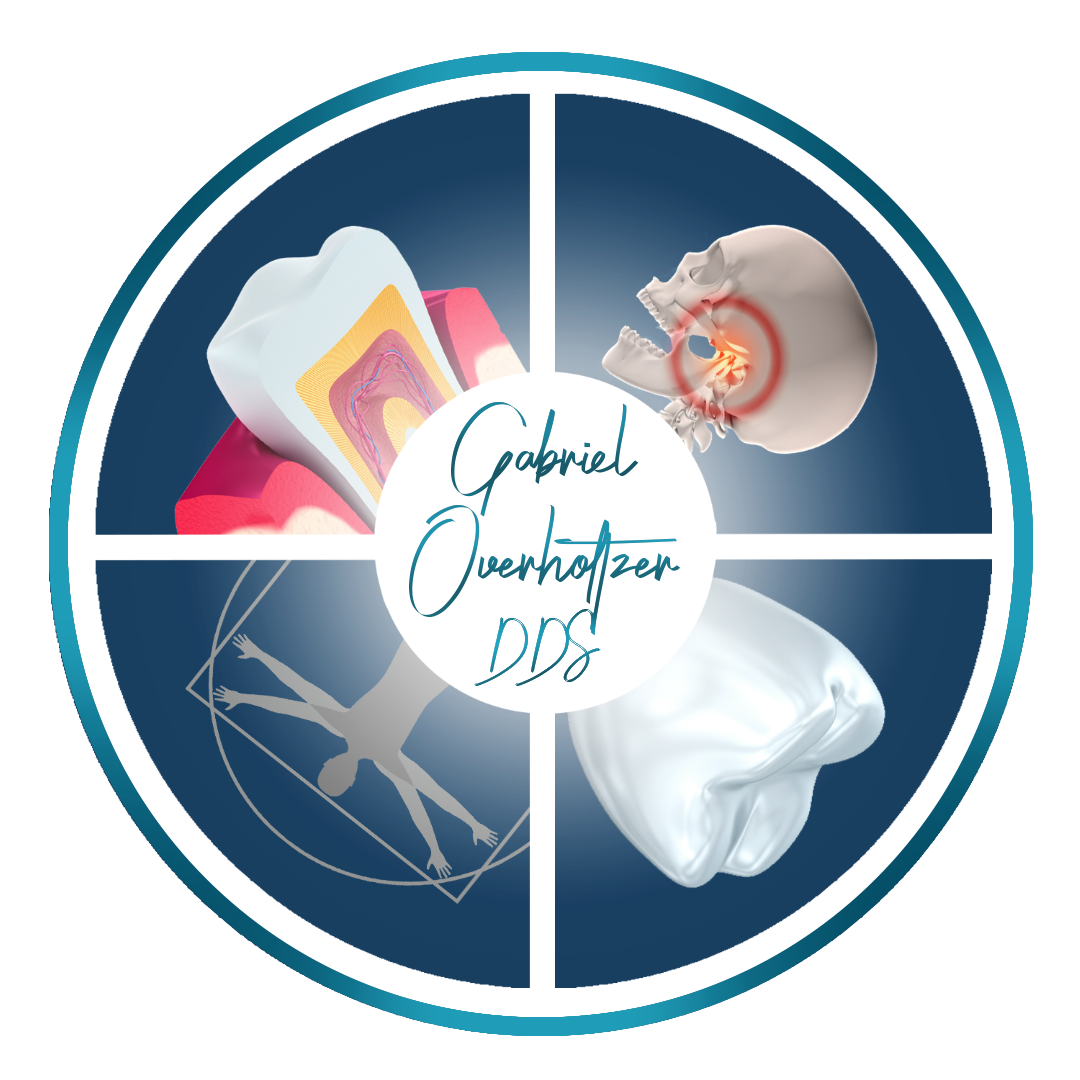Sleep apnea in Bishop CA and many other regions across the globe is a common sleep disorder characterized by the repeated interruption of breathing during sleep. Understanding the underlying causes of sleep apnea is crucial for effective diagnosis and management. In this article, we will explore the primary factors that contribute to the development of sleep apnea.
**1. Obesity**
Obesity is a significant risk factor for sleep apnea. Excess weight, particularly in the neck area, can lead to the narrowing of the upper airway. This constriction makes it more likely for the airway to collapse or become obstructed during sleep, resulting in sleep apnea episodes. Weight loss is often recommended as a first-line treatment for overweight individuals with sleep apnea.
**2. Anatomical Factors**
Certain anatomical features can predispose individuals to sleep apnea. These features include a small upper airway, large tonsils, a large tongue, a small jaw, or a deviated septum. These anatomical factors can contribute to the partial or complete blockage of the airway during sleep, leading to sleep apnea.
**3. Age and Gender**
Age plays a role in the development of sleep apnea. Sleep apnea is more common in older adults, and the risk tends to increase with age. Gender is also a factor, as men are more likely to experience sleep apnea than women. However, the risk for women increases, particularly after menopause.
**4. Family History**
There is evidence to suggest that sleep apnea can run in families. If you have a family history of sleep apnea, your risk may be higher. This genetic component may be related to certain anatomical traits that are hereditary, such as a naturally small airway.
**5. Alcohol, Sedatives, and Muscle Relaxants**
The use of alcohol, sedatives, and muscle relaxants can relax the muscles in the throat, which can contribute to airway obstruction. This relaxation increases the likelihood of experiencing sleep apnea episodes, particularly when these substances are consumed in the evening or close to bedtime.
**6. Medical Conditions**
Several medical conditions are associated with an increased risk of sleep apnea. These conditions include congestive heart failure, high blood pressure (hypertension), type 2 diabetes, and chronic nasal congestion. Sleep apnea can be both a result of these conditions and a contributing factor, creating a cycle of health issues.
**Conclusion**
Sleep apnea can be caused by a combination of factors, making it a complex condition with multiple underlying causes. While some risk factors, such as obesity and anatomical features, are more directly related to the development of sleep apnea, others, like age, gender, and family history, can increase susceptibility. Recognizing the various reasons behind sleep apnea is essential for early diagnosis and effective treatment.
It’s important to remember that sleep apnea can have serious health consequences, including an increased risk of cardiovascular problems and other health issues. If you suspect you may have sleep apnea or are at risk, consult a healthcare professional for a comprehensive evaluation and appropriate management. Identifying and addressing the root causes of sleep apnea can significantly improve your quality of life and overall well-being.
